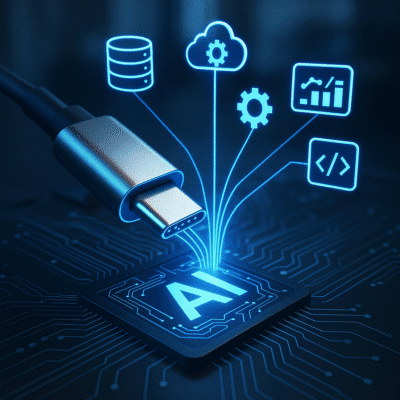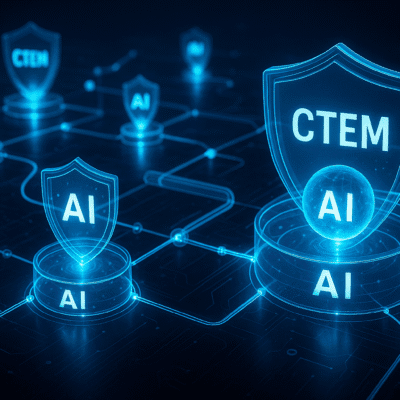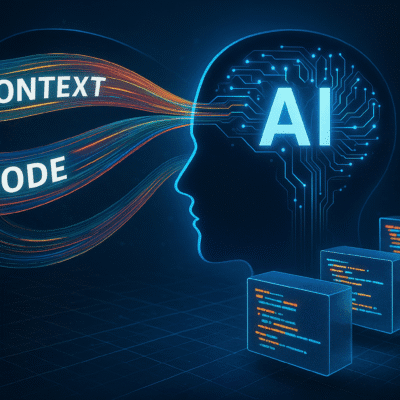Three Questions The Verge Article Answers
🔌 1. Why is Microsoft wiring Model Context Protocol into Windows?
Just as USB-C let every device share one cable, Model Context Protocol (MCP) promises a single, open way for AI agents to plug into apps, web services—and now the Windows operating system itself. Microsoft’s goal, says Windows chief Pavan Davuluri, is a future where AI agents are native “co-workers” that help customers navigate their devices and apps with less friction. Native MCP support lays that foundation.
Business payoff: fewer custom connectors, AI that finally “knows” your files, settings, and workflows without manual setup.
🛠 2. How will MCP actually work inside Windows?
| What’s Coming | Why It Matters |
|---|---|
| MCP Registry (built-in) – a secure list of approved MCP servers on every PC. | AI agents can instantly discover which Windows features they’re allowed to access—no messy configuration. |
| Ready-made MCP servers for the Windows File System, windowing, and even the Linux subsystem. | An agent can, for example, search documents or open a folder with a single natural-language request. |
| Demo spotlight: Perplexity simply asked the registry for a File System server and then answered “Find all my vacation files” without the user hunting through folders. | Shows how MCP turns tedious clicks into one smooth conversation. |
| Windows AI Foundry – Microsoft’s umbrella for models on Copilot Plus PCs (Foundry Local, Ollama, Nvidia NIMs) or any model you bring via Windows ML. | Developers can tap in without bundling runtimes or drivers, while chip partners AMD, Intel, Nvidia, and Qualcomm optimize performance. |
🔒 3. What risks should we watch—and how is Microsoft addressing them?
Security experts flag token theft, server compromise, and prompt injection as real threats when AI agents gain system access. Microsoft’s response:
- Preview-only rollout to select developers while the feature set hardens.
- UAC-style permission prompts so users approve each new capability—“like a web app asking for location,” says security VP David Weston.
- Listing requirements for MCP servers in the official registry to block “tool poisoning.”
- A design mandate to hit the sweet spot: too many prompts re-creates Vista’s pop-up fatigue; too few invites silent attacks.
Bottom Line
By baking MCP and Windows AI Foundry into the OS, Microsoft is turning Windows into a ready-made hub for AI agents. Done right, it means you’ll ask “Show me every contract draft John and I touched last quarter,” and the agent will find it—no folders, no macros, just results. Proceed with clear governance and eyes on security, and the “USB-C of AI” could make everyday work feel plug-and-play.





